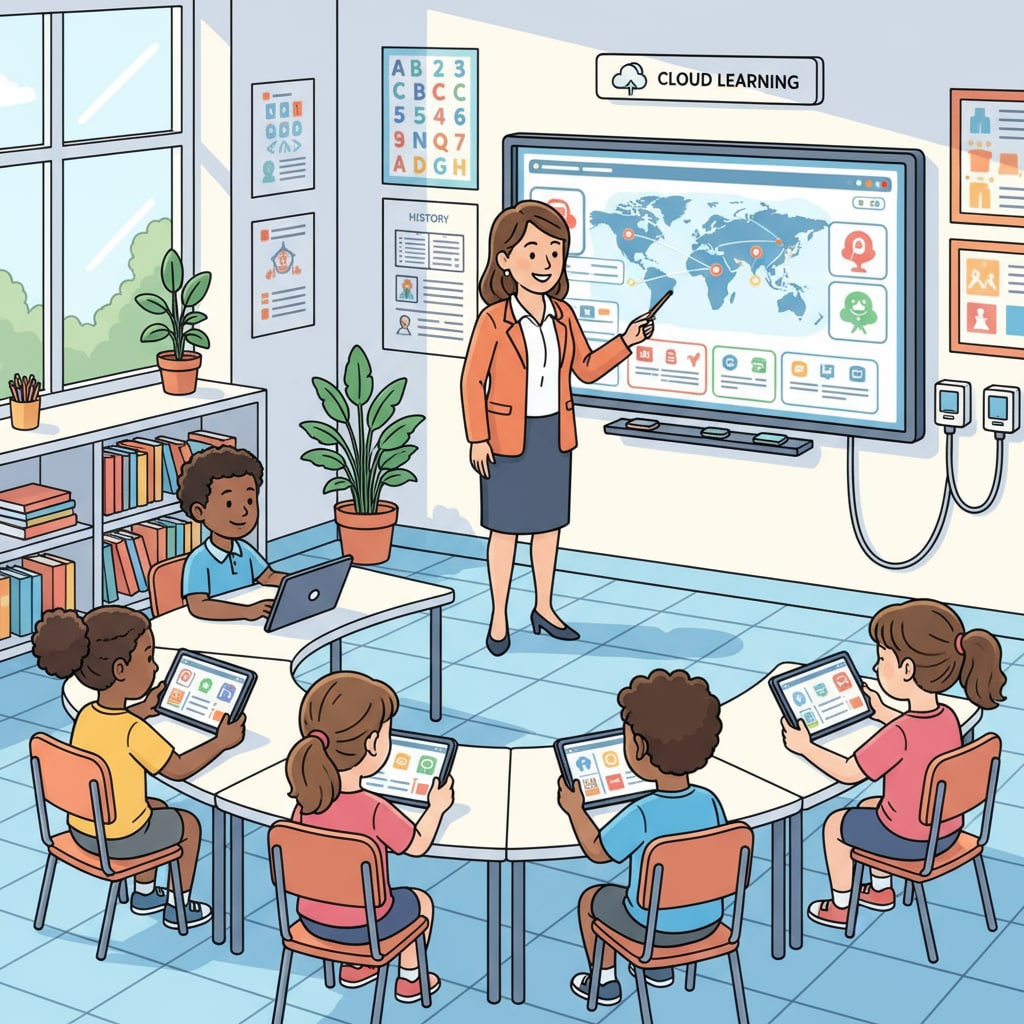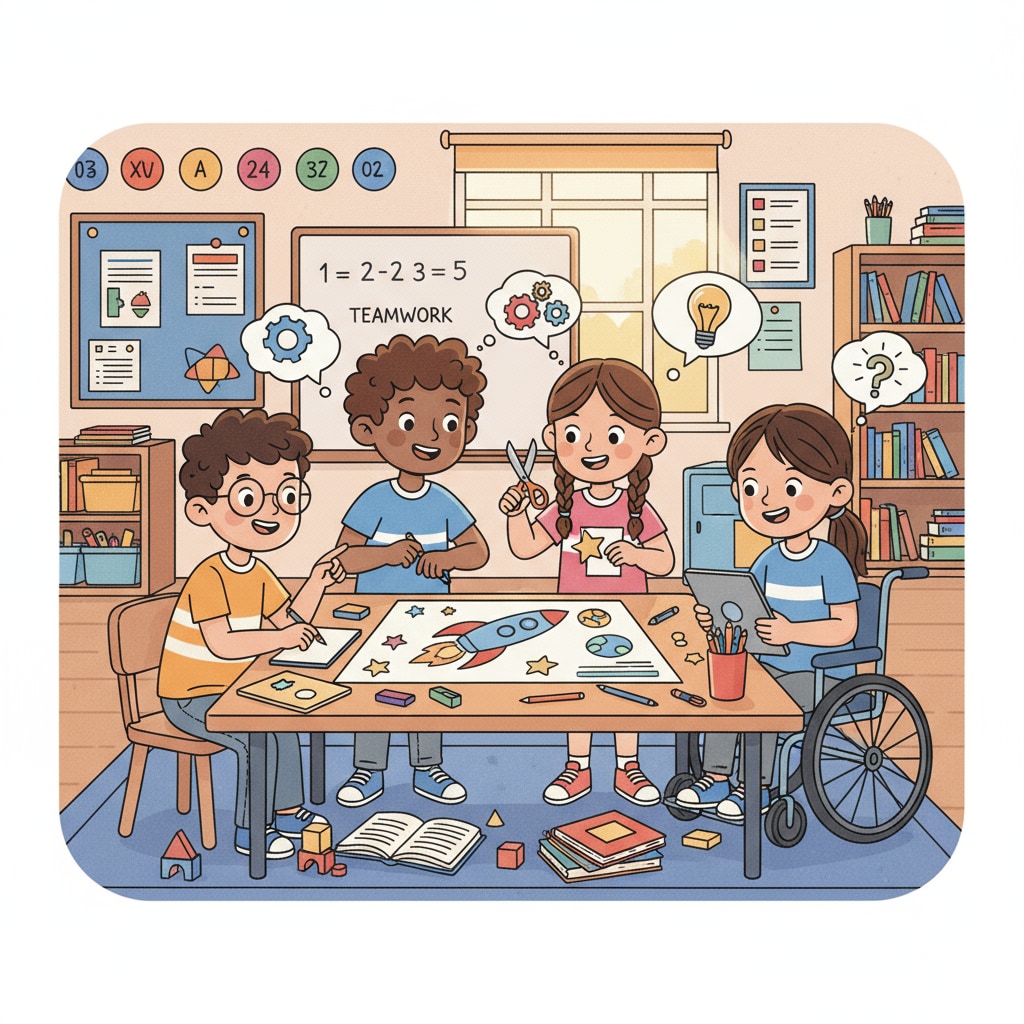Education innovation, primary courses, teaching methods, and technology integration are crucial aspects in addressing the disconnect between the traditional primary education system and modern needs. In today’s rapidly evolving world, the existing primary education model, which dates back to the industrial era, struggles to meet the requirements of digital-native students. This calls for a comprehensive overhaul of the system to ensure that children are equipped with the skills and knowledge necessary for the future.

The Drawbacks of the Traditional Primary Education System
The traditional primary education system has several significant drawbacks. Firstly, the teaching methods are often rote-based, focusing on memorization rather than critical thinking and problem-solving. Students are expected to passively absorb information, which stifles their creativity and curiosity. Secondly, the curriculum is often rigid and fails to adapt to the changing needs of society. It may not adequately cover emerging fields such as digital literacy, environmental awareness, and global citizenship. Thirdly, there is a lack of individualization in education. One-size-fits-all approaches do not take into account the diverse learning styles and paces of students. Finally, the limited use of technology in the classroom restricts students’ access to a wealth of information and interactive learning experiences. For example, according to Wikipedia’s Education Reform page, traditional education models have faced criticism for their inability to keep up with technological advancements.
Innovative Teaching Methods for Primary Education
To address these issues, innovative teaching methods are essential. Inquiry-based learning encourages students to ask questions, explore topics independently, and find solutions on their own. Project-based learning allows students to apply their knowledge to real-world projects, enhancing their teamwork and communication skills. For instance, students could work on a project related to environmental conservation, researching, planning, and implementing actions. Another effective method is flipped classroom, where students learn new content at home through online resources and then engage in discussions and activities in the classroom. This approach gives students more control over their learning pace. As stated on Britannica’s Education page, these new teaching methods can better engage students and promote deeper learning.

Moreover, integrating play into learning can make the educational experience more enjoyable and effective. Educational games can teach various concepts in a fun way, such as math games that help students practice arithmetic skills. By adopting these innovative teaching methods, we can make primary education more engaging and relevant for students.
Readability guidance: As we can see, the traditional primary education system has its limitations. However, through innovative teaching methods, we can start to transform the educational experience. These methods focus on the students’ active participation and development of essential skills, which are crucial for their future success.


